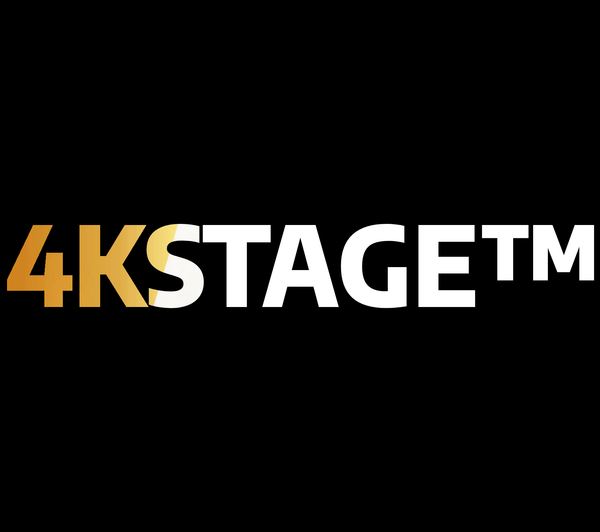Motion Detection vs Time-Lapse Recording — Which is Better?
Share
When your car is parked, your dash cam becomes your silent security guard. But not all parking modes work the same. The two most popular options are Motion Detection Recording and Time-Lapse Recording — and both come with different benefits.
So, which one is better for long-term parking surveillance? Let’s break it down.
What is Motion Detection Recording?
This mode triggers the dash cam to start recording only when it detects movement in its field of view (e.g. someone walking past, a car approaching).
✅ Pros:
Saves storage space — only records important activity
Saves power — ideal for battery-powered or OBD-II hardwiring
Easy to review — fewer clips, mostly relevant motion
❌ Cons:
May miss quick events — slight delay before recording starts
False triggers — e.g. moving tree shadows or lights
Gaps in recording — not continuous
What is Time-Lapse Recording?
This mode records continuously, but at a lower frame rate (e.g. 1 frame per second), creating a fast-forward effect while saving space.
✅ Pros:
Continuous coverage — captures everything, no gaps
Good for evidence — helpful in hit-and-run or vandalism
Predictable footage — easy to track incidents over time
❌ Cons:
Uses more storage — though still lower than full-frame recording
Harder to spot small events — due to fewer frames
Higher power draw — may affect car battery if parked long-term
Final Verdict:
If you want to save power and storage, and park in a low-risk area, go with Motion Detection.
If your car is in a public place or high-risk zone, Time-Lapse is better because it captures everything, even subtle incidents like door dings or key scratches.
#dash cam parking mode #motion detection dash cam #time-lapse dash cam #best dash cam for parking #long-term parking surveillance camera
